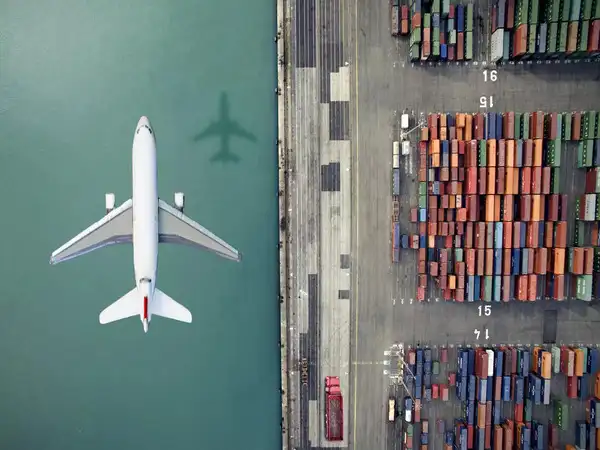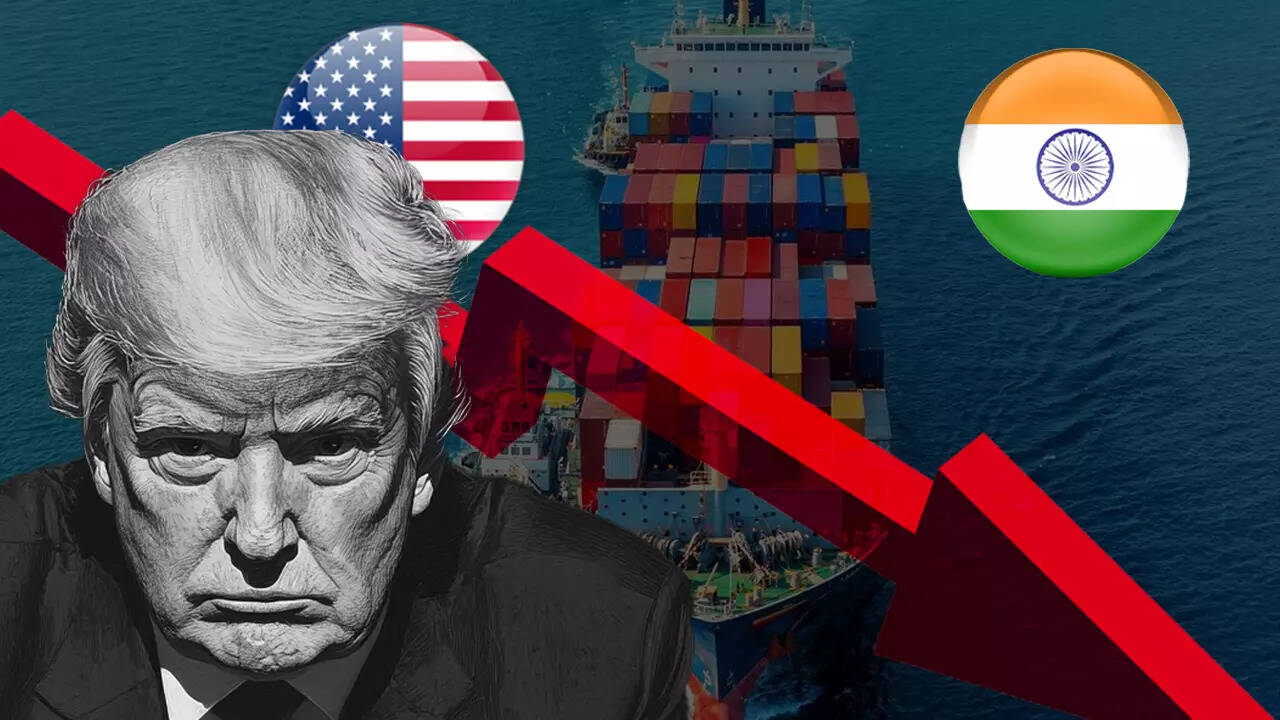does not ban imports outright but
limits specific categories of goods from entering through land border routes. While sea and air routes remain unaffected, the land ports—particularly those along the West Bengal-Bangladesh border—serve as
critical arteries for small- and medium-scale trade between the two nations.
The categories under restriction reportedly include:
- Ready-made garments
- Processed food and beverages
- Wood and plastic furniture
- Plastic products
- Leather and non-leather footwear
These items represent a significant portion of Bangladesh’s exports to India through land borders, particularly from SMEs and informal trade routes.
Trade & Supply Chain Impact
India is Bangladesh’s second-largest trading partner, while Bangladesh is one of India's biggest trade partners in South Asia. In FY 2023–24, bilateral trade crossed $18 billion, with Bangladesh enjoying a trade deficit. A majority of Bangladeshi exports enter India via land ports due to proximity and lower logistics costs.
By restricting imports through this channel:
- Bangladeshi exporters now face higher costs by switching to air or sea freight.
- Indian importers and distributors may experience supply shortages or delays, especially in textile and agro-product categories.
- Logistics companies that operate along the India-Bangladesh corridor could suffer volume losses.
- Informal and small-scale trade may decrease significantly, impacting local economies on both sides of the border.
Strategic Rationale Behind the Restrictions
While no official reason has been publicly confirmed, trade analysts speculate the move could be driven by:
- Domestic manufacturing protectionism, especially for Indian textile and MSME sectors.
- Quality control and safety compliance concerns regarding imported food and consumer goods.
- Customs enforcement and traceability issues at porous land borders.
- Geopolitical and trade balancing strategies, possibly in response to trade imbalances or regional political considerations.
India’s increased emphasis on “Make in India” and self-reliance in manufacturing may also be influencing the move to curb foreign competition via informal land trade.
Implications for Regional Supply Chain Strategy
The restriction highlights several key lessons and shifts in regional supply chain dynamics:
- Resilience Planning: Exporters in Bangladesh will now need to diversify transport modes, invest in sea logistics, and digitize cross-border documentation to stay competitive.
- Policy Sensitivity: Import-dependent sectors in India must factor regulatory and geopolitical risks into sourcing decisions, including maintaining safety stock or building alternate supplier networks.
- Formalization of Trade: This could accelerate the shift from informal land trade to formal maritime and air routes, with greater emphasis on traceability, compliance, and digital customs systems.
- Cost Reassessment: Both exporters and importers will likely face increased logistics and compliance costs, affecting price competitiveness.
- Regional Tensions: Trade restrictions may strain India-Bangladesh trade relations and lead to policy negotiations or retaliatory measures in the short term.
The Way Forward
For India, the challenge is to balance domestic manufacturing interests with the need to maintain stable, open, and transparent trade relationships with neighbors. For Bangladesh, this is an opportunity to enhance export quality, infrastructure, and route flexibility.
Logistics service providers, supply chain professionals, and policy leaders will need to recalibrate their cross-border trade strategies to adapt to the evolving regulatory landscape.
Conclusion
India’s restrictions on imports from Bangladesh through land ports may appear as a targeted trade measure, but its ripple effects are likely to be felt across regional supply chains, logistics operations, and SME trade ecosystems. The development calls for agile supply chain planning, enhanced bilateral dialogue, and a renewed focus on building a robust and resilient South Asian trade network.
.png)
.png)







